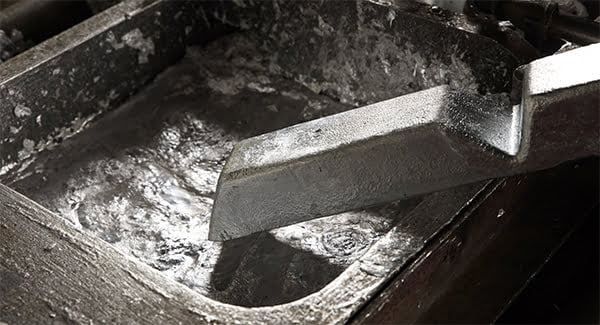Understanding Diecasting: The Process and Its Applications
Understanding Diecasting: The Process and Its Applications
Blog Article
Diecasting is a vital manufacturing process that involves forcing molten metal into a mold cavity at extreme pressure. It is well-known because of its capacity to make complicated shapes and designs with an extremely high level of precision and repeatability. That makes it vital in all industries. From automotive and aerospace to household appliances and consumer electronics diecasting plays a significant component in making products that can meet the strictest standards of quality and performance. This article will explore the intricacies of diecasting, highlighting its advantages, processes and applications.
The core of diecasting is the mold, known as a die, which has been meticulously designed from solid steel, which is hardened to resist the extreme conditions of diecasting. Die design is crucial, as it is required to support the molten steel's flow and solidification as well as making sure that the tolerances are tight to assure high-quality. When diecasting is performed it is the case that metals like magnesium, aluminum, zinc and copper are heated until they get molten. The molten metal then gets forced into the die cavity under pressure that is high, filling every crevice and crevice of the mold. Rapid cooling and hardening of the material result in parts that exhibit outstanding dimensional precision as well as a flawless surface, frequently making it unnecessary to perform additional machining or finishing processes.
One of the major advantages of diecasting is its efficacy in production of large quantities. After the dies have been created this process is able to be repeated many times, with little deviation between parts. This repeatability is essential for businesses that need large quantity of consistent parts. Additionally, diecasting is renowned for its material efficiency. It produces less waste compared to other techniques for forming metal, as any excess metal can be recycled and reused. This reduces not just the cost of material but also promotes green manufacturing practices. The speed and efficiency of diecasting make it a perfect method for making large amounts of products quickly and reliably so that the manufacturers are able to adhere to tight schedules for production and market demands.
Diecasting has numerous advantages with regard to mechanical properties. Components produced through diecasting typically exhibit excellent strength and durability due to the fine-grain structure created during the fast cooling process of the molten metal. These components are ideal for applications that demand quality and performance. Furthermore, this process permits for the incorporation of thin walls and complex features without compromising their structural integrity. This is especially beneficial in aerospace and automotive sectors, where the ability to reduce weight whilst maintaining strength is vital. A capability to manufacture robust, lightweight components enhances fuel efficiency as well as efficiency in aircrafts and vehicles. To gather extra details please read his explanation
Diecasting's capabilities go beyond the benefits of mechanical engineering for its versatility in different application. In the field of electronics, diecasting can be used to create enclosures, heat sinks, and connectors making sure that electronics are safe and operate effectively. This process is utilized in manufacturing everyday products, ranging from the kitchen appliance to power tools, where high-quality and long-lasting are the most important factors. The ability to create detailed and intricate parts makes diecasting an attractive option for engineers and designers looking to develop new products and enhance their performance. In allowing a variety of metals as well as allowing the integration of features that are intricate it allows for the development of new products and services across many different industries.
Diecasting is a very productive and flexible manufacturing method which helps in creating intricate metal components with consistent and high-precision. Its capability to make components with fine details as well as tight tolerances and smooth surface finishes makes it invaluable across various industries ranging from automotive and aerospace to consumer electronics as well as beyond. Its use of various material types further increases the flexibility of diecasting. It allows companies to pick the right alloy to suit their requirements. Technology advances, and the demand for high-quality, efficient components grows, diecasting will remain crucial on the manufacturing scene which will drive innovation and superiority within the production.